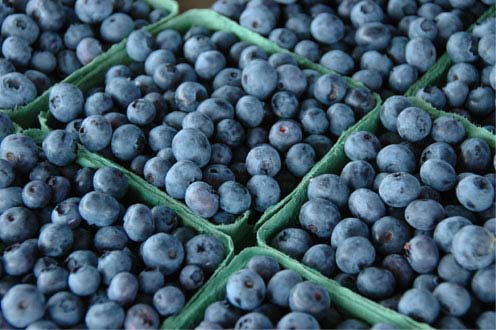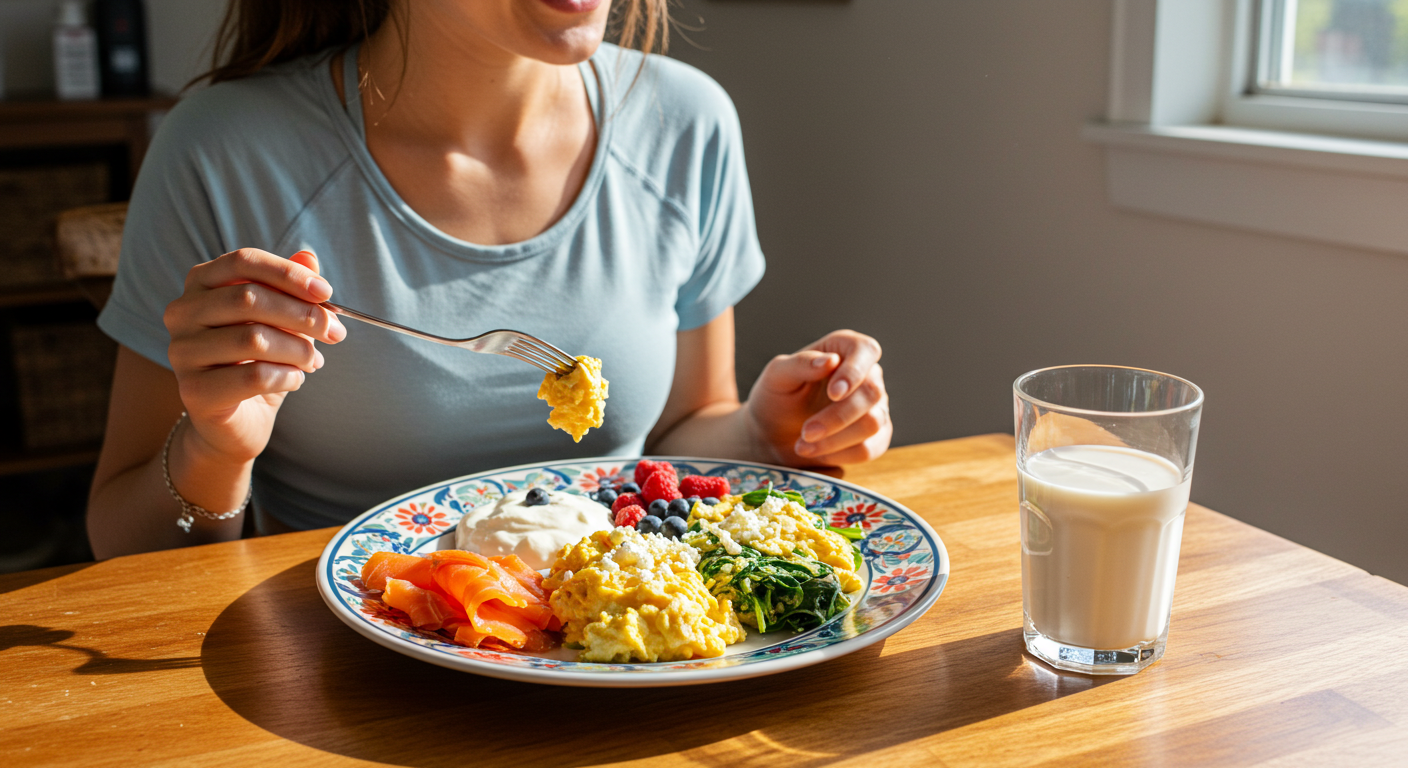From oats to sweet potatoes and rice, which carbs are the better choice for your body?
Not all carbs are created equal, here’s pros and cons of your favourite carbohydrates to choose the right one for energy, digestion, and overall wellness. Carbs have long been at the centre of nutrition debates.
Loved by some, feared by others, and misunderstood by many, carbohydrates are often lumped into the same category when in reality, the type of carb matters far more than the carb itself.
With the rise of low-carb trends and wellness fads, it’s easy to assume that cutting carbs is the key to glowing skin, a flat stomach, and endless energy. But carbohydrates are the body’s preferred fuel source, specially for the brain and muscles.
The trick is knowing which ones to include, when to eat them, and how they impact the body beyond the calorie count.
So, what really is the “best” carb? Here’s a breakdown of some of the most common carbohydrates, from oats to white rice and want you to know before filling your plate.

So, What’s the Best Carb?
The best carb isn’t just about grams or calories it’s about how it makes the body feel.
For most people, the ideal carbohydrates are those that are minimally processed, high in fibre, and paired with protein or fat for better blood sugar control. Oats, sweet potato, and wholegrain options tend to top the list for nutritionists.
The worst carbs? Those with added sugars, refined flours, or no fibre at all—think pastries, white bread, and sugar-loaded cereals.
Oats: The Gut-Loving, Slow-Burning Option
Pros:
Oats are one of the most nutrient-dense carbs available. Packed with soluble fibre (specifically beta-glucan), they help lower cholesterol, stabilise blood sugar, and support healthy digestion. Oats also provide a steady release of energy, making them ideal for breakfast or pre-workout fuel.
Cons:
For those sensitive to grains, oats can sometimes cause bloating. Instant flavoured varieties can also contain added sugars and less fibre, which dulls their benefits. It’s best to opt for whole rolled or steel-cut oats, ideally soaked or cooked slowly.
Brown Rice: A Whole Grain Staple with Lasting Energy
Pros:
Brown rice is less processed than white rice, retaining its bran and germ. This means more fibre, B vitamins, and a slower rise in blood sugar levels. It’s also naturally gluten-free and easy to pair with most meals.
Cons:
Some people find brown rice harder to digest, especially if they have a sensitive gut. It takes longer to cook and can sometimes contain traces of arsenic if consumed excessively over time. Portion size and variety in grains are key.
Wholegrain Bread: Convenient and Nutrient-Rich (When Done Right)
Pros:
Good-quality wholegrain bread contains fibre, iron, and magnesium, and can be a satisfying addition to meals. It’s portable, versatile, and helps support digestion when made with fermented grains or seeds.
Cons:
Not all wholegrain breads are created equal. Many supermarket versions are loaded with preservatives, added sugar, and refined flour. Check the ingredient list and look for bread with whole seeds, rye, or sourdough fermentation for gut benefits.

Pasta: A Comfort Carb That Can Be Balanced
Pros:
Traditional pasta is a refined carb, but portion control and quality make a difference. When eaten al dente and paired with protein and healthy fats, it causes a more gradual rise in blood sugar. Wholegrain, lentil, or chickpea pasta varieties offer extra fibre and nutrients.
Cons:
Large portions of traditional white pasta can spike blood sugar and leave people feeling sluggish. Overcooked pasta also has a higher glycaemic index, meaning the body processes it faster, often resulting in a crash in energy.
Sweet Potato: A Nutrient-Packed, Skin-Loving Carb
Pros:
Sweet potatoes are rich in beta-carotene (a skin-friendly antioxidant), fibre, potassium, and complex carbohydrates. They support steady energy levels and are often better tolerated by people who are sensitive to grains or legumes.
Cons:
While sweet potatoes are incredibly nutritious, portion sizes still matter. They are slightly higher in sugar than other starchy veg and can impact blood sugar if eaten in large amounts or without a source of protein.
White Rice: Easy to Digest, But Less Nutrient-Dense
Pros:
White rice is stripped of fibre but remains a low-allergen, easily digestible carb. It’s ideal for post-workout meals or anyone recovering from digestive issues. In some cases, its simplicity is actually a benefit.
Cons:
White rice lacks fibre and nutrients compared to its wholegrain counterparts. It’s quickly absorbed, which can lead to blood sugar spikes, particularly when eaten on its own or in large servings.
Fruit: Nature’s Sweet Carb with Added Benefits
Pros:
Whole fruits contain natural sugars along with fibre, vitamins, minerals, and antioxidants. Berries, apples, bananas and citrus all provide quick energy with minimal downside when eaten in moderation.
Cons:
Juiced or dried fruits can be misleading—stripping out fibre or concentrating sugars. People watching their sugar intake may benefit from limiting very sweet fruits or combining them with protein or fat to slow digestion.
Remember that not all calories are the same. Check out this Bondi Beauty article to understand why.
















